Safe drinking water saves lives, and fortunately, technologies to deliver it to rural communities abound. It can be tough to navigate the mounds of information, however, so we’ve compiled a list of important resources here. Many of these suggestions come from USAID’s WASHPlus blog, and others come from our Solutions Library and news blog. For more devices and case studies, please see the Water section of our Solutions Library. These are ten technologies for clean water systems in rural communities.
Know-how
Educational resources are a must-have for building a sustainable, long-term water supply and treatment system. Here’s a short list of links to get started.
E4C Webinars: There are hundreds of water treatment technologies available, so choosing the right one for each community takes some know-how. Meena Palaniappan and John Akudago at the Pacific Institute lead this E4C Webinar on how to make the right technology decisions. Join us October 18th at 11am ET for the webinar, Releasing Trapped Knowledge in the WASH Sector: Empowering Residents to Implement Solutions. Registration is free.
Guidelines and Tools for Rural Water Supplies: The Rural Water Supply Network provides this directory of guidelines and manuals on delivering rural water services.
Rural Water Supply Design Manual: The World Bank issues this manual on basic waterworks facility design. It is non-technical, aimed at managers and operators of small water supply systems, not engineers, to provide background information to inform their decisions.
Water Supply Sustainable Technologies: WaterAid lists ways to promote low-cost technology for water supplies, including local materials and local maintenance.
Hand-washing stations
Hand washing limits the spread of waterborne and other disease. A few simple devices can make it easier to lather up with soap and rinse hands where there are no taps.
Enabling Technologies for Handwashing database: Leave the search fields blank and choose “Handwashing stations/stands” in the first sub-menu called “Purpose.” When you hit “enter” you’ll see 16 hand-washing devices, including Tippy Taps like the one pictured above.
Happy Tap: Designed with customers in Vietnam, the Happy Tap is a home hand-washing station that costs very little and looks stylish and manufactured, not homemade like Tippy Taps.
Children Design Hand Washing Stations: For more design inspiration, see this video of winning entries in a student competition hosted by UNICEF in Togo. Students made their own hand-washing stations.
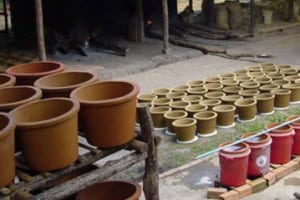 Household water treatment
Household water treatment
Ten low-cost ways to treat water: E4C’s news blog rounded up ten devices, including clay filters, chlorine dispensers, solar stills, and more.
Innovations for Poverty Action’s chlorine dispenser system: IPA has installed chlorine dispensers in communities with no water treatment system. The fixed dispensers treat jugs that people take to them for household use. For more background information, see WASHfunders Blog, which published an article on the dispensers as they are used in Kenya.
WASHplus Household Drinking Water Quality Updates: The WASHPlus blog is a wealth of resources on household water treatment, including manuals, peer-reviewed studies and videos.
Community water treatment
Slow sand filtration plant [Link pending the new Solutions Library]: Filtration plants that use sand to purify water can scale up to accommodate communities of different sizes.
Measured chlorinator for community water supplies: Compatible Technology International helps rural communities in Latin America install low-cost automatic chlorinators on their community water supply.
Apps
mWASH Mobile Phone Applications for the Water, Sanitation, and Hygiene Sector: The Pacific Institute reports on the power of mobile phone applications to spur development work. The review emphasizes water and sanitation.
Field Level Operations Watch: We reported on the launch of FLOW, an Android app that maps water sources and the status of well pumps and other devices that need maintenance.
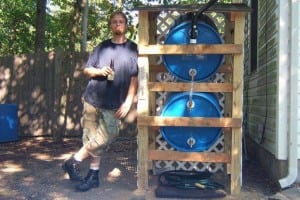
Instructables has step-by-step how-to guides to building rainwater harvesting systems. Photo by iPodGuy / Instructables
Rainwater harvesting
Rainwater catchment [Link pending new Solutions Library]: E4C’s Solutions Library highlights a catchment system with a storage tank, flush system, sediment extraction and piping system.
How to build your own rainwater harvesting system: Instructables offers lots of guides for do-it-yourself rainwater harvesting. We’ve collected three links here, and you can find plenty more if you search the site.
Rainwater harvesting: Self-sufficient home
How to build a rainwater collector
DIY 275-gallon rainwater collection
Rainwater Harvesting Technical Brief: Most roofs can channel rainwater into catchments for use as drinking water (or for irrigation). WaterAid reports on the performance of different roof materials and designs.
RWC Rainwater Harvesting System: Compare rainwater systems in E4C’s Solutions Library. Start with Rainwater Cambodia’s Rainwater Harvesting System and browse similar technologies in a standardized information format.
Life-Cycle Costs of Rainwater Harvesting Systems: The IRC International Water and Sanitation Centre compares the costs and benefits of rainwater harvesting technologies to other water supply systems.
How to Make Ferrocement Tanks: Akvopedia explains how to make ferrocement cisterns that can be used as a septic tank or rainwater catchment.
Wells and sand dams
Hand-Dug Wells: The Water Channel shot this video on well digging in the Tigray Province of northern Ethiopia, where the water table has risen after 20 years of conservation work.
A Guide for Water Well Drilling Supervisors: The Rural Water Supply Network’s guide informs geologists and engineers who supervise borehole drilling.
Sand dams: Properly damming a dry river bed can retain groundwater and water underground when it rains. Kurtis Unger on E4C’s Linked In group reports that sand dams can partially filter water for drinking and they raise the water table, which turns the riverbanks into arable land for agriculture. Besides the link above, Unger provides this from the Guardian: Sand dams voted best solution in water crisis debate
Human-powered drill: A team at Brigham Young University in Provo, Utah has developed a human-powered drill for making boreholes in places where fuel is too expensive.
Manual pumps
Rope pumps and bicycle-powered rope pumps: Rope pumps are an ancient technology that is still at work today lifting water through a tube on discs fastened to a rope. The operator turns a wheel at the top of the well. There are hand-powered and even bicycle versions.
Rope pump designs: iDE / Appropedia / Practica Foundation / Akvo
Treadle pumps: A machine on some farms that looks like a stair stepper is actually a foot-operated treadle pump. The pumps use leg power to move pistons and create suction that draws water through a tube. Treadle pump designs include: Kickstart [pending new Solutions Library] / iDE / Practica Foundation
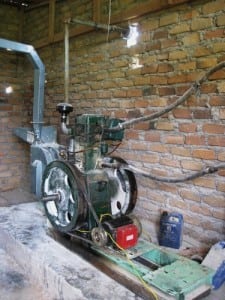
Engineers from Columbia University are working with communities in Uganda to install Lister diesel engines as Multi-Function Platforms, like this one. Photo credit: Alison Ferris
Powered pumps
Ram pumps: For off-grid water pumping where there’s downward-flowing water, ram pumps can channel the water’s force to move it upward to where it’s needed. The organizations AIDFI and Green Empowerment promote ram pump technology in developing countries.
“With an available ‘drop’ of one to five meters, some water can be lifted up to 100 meters or more,” says Michel Maupoux at Green Empowerment. “The largest irrigation installation I have seen uses six large ram pumps in parallel, which lift 440 cubic meters (110,000 gallons) of water 35 meters (120ft) to irrigate 35 rice fields. It allowed the 35 farmers to double their yearly harvest.”
This AIDFI animation explains how ram pumps work. Here’s a clip of a transparent pump that shows the valves moving. And here are some general videos on AIDFI’s work and village installations.
Thermal solar pumps: Thermal steam pump prototypes are on fields now using the heat of direct sunlight to boil water and power a small steam engine. iDE and the Practica Foundation are developing designs.
Multi-function platforms [link pending new Solutions Library]: The MFP project takes small diesel engines that run on locally available vegetable oil and outfits them with attachments that mill grains, generate electricity and pump water.
Water storage
An Engineer’s Guide to Domestic Water Containers: WEDC’s booklet outlines different domestic water containers found in low-income countries.
PackH2O Water Backpack: This pack makes it easier for people to carry water – up to 20 liters – in regions where other methods are hard to come by.
Safe Storage of Drinking Water in Developing Countries: The US Centers for Disease Control & Prevention reports on jerry cans, the Oxfam Bucket, and other hygienic water storage methods.
Hippo Water Roller [link pending new Solutions Library]: Invubu Projects’ water roller allows one person to carry up to 90 liters (24 gallons) of water by rolling it.
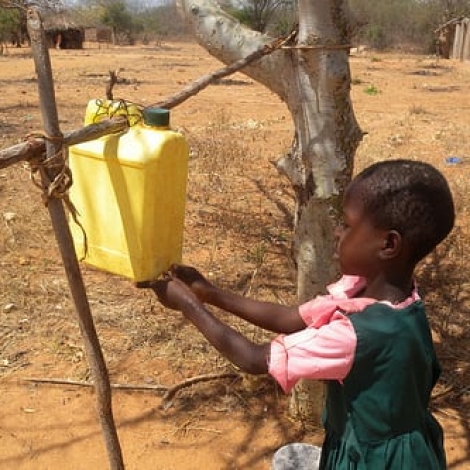

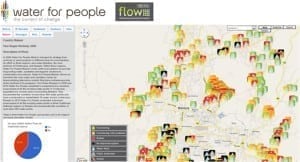
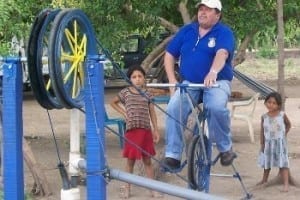
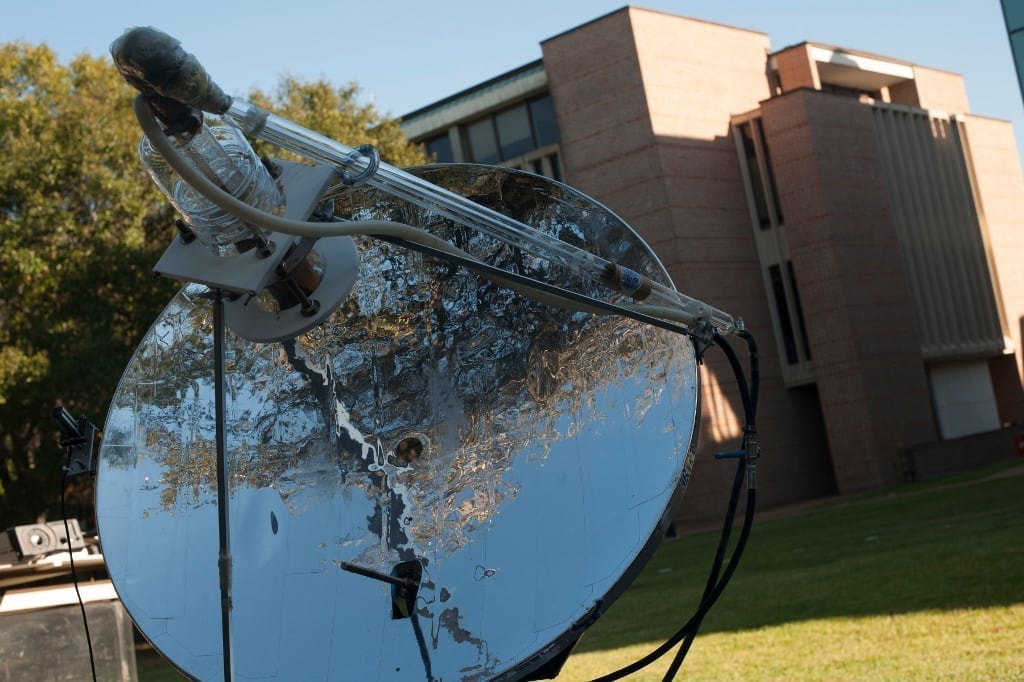
Would like to schedule a call regarding new water & Power stations in rural regions in 150+ nations using fossil free energy and atmospheric water generators.